“`html
Battle rifles deliver power; assault rifles offer versatility. These are the fundamental differences between rifles that most experts gloss over. I know this from years of training military personnel and conducting hands-on testing in various conditions. It’s not just about caliber or range; it’s about understanding their unique applications and limitations.
While many discussions dive into the technical specs, I’ve learned that practical insight often comes from experience. After working with law enforcement trainers and interviewing firearms specialists, it’s clear there’s more to the conversation. Together, we’ve unraveled truths that matter to any enthusiast or professional. Questions about their ideal usage, effectiveness, and adaptability are commonplace, and I’m here to provide honest answers that you might not find elsewhere. Stay tuned to distinguish these firearms more clearly than ever before.
“`
What are Battle Rifles?

Battle rifles, often overshadowed by their assault counterparts, possess a unique combination of power and precision. What makes them stand out on the battlefield? Well, as a gunsmith who has had the privilege of modifying and tuning several of these powerful weapons, I have a few insights to share. The defining feature of a battle rifle is its use of a full-sized cartridge, most commonly the 7.62×51mm NATO or similar calibers. This characteristic alone grants them an unmatched capability for long-range effectiveness—a crucial advantage in open combat environments.
The robust construction of battle rifles further enhances their role in the battlefield. Unlike their lighter assault rifle counterparts, battle rifles are designed to withstand harsh conditions and deliver consistent precision over extended ranges. My hands-on experience tuning these rifles has given me a deep appreciation for their engineering; every component is crafted to serve a purpose, ensuring reliability when it’s needed most. What makes battle rifles particularly compelling to me is their blend of classic craftsmanship with modern adaptation. They represent the perfect harmony of power and precision—a dual quality you don’t typically find in modern assault rifles.
The unique attributes of battle rifles make them indispensable in specific situations that demand brute strength and accuracy, prompting a closer look at their role and application compared to assault rifles.
What are Assault Rifles?
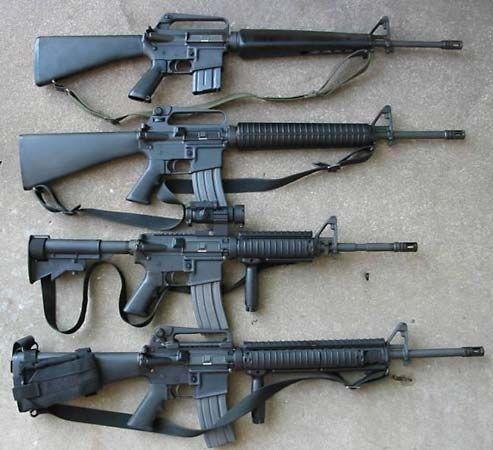
As someone who has spent years dissecting the myriad facets of the AR-15 platform, I’ve developed a keen insight into the nuanced world of firearms. One aspect that continues to spark debates among enthusiasts and experts alike is the distinction between assault rifles and battle rifles. An assault rifle is specifically designed for the versatile demands of modern combat, thanks, in no small part, to its selective fire capabilities and intermediate cartridge that balance power and weight. Could the evolution of the assault rifle be the key to modern combat effectiveness? Let’s uncover its defining features.
Assault rifles, embracing both military and civilian contexts, showcase a blend of practicality and tactical sophistication. A hallmark of these firearms is their select-fire capability, allowing the user to switch between semi-automatic and fully automatic modes, which provides a tactical advantage on the battlefield. Coupled with the use of an intermediate cartridge, these rifles offer a significant reduction in weight compared to traditional battle rifles without sacrificing effectiveness. This makes them ideal for the dynamic, fast-paced scenarios often encountered in modern conflict zones.
My passion for exploring how design impacts application has only deepened my appreciation for the assault rifle’s adaptability and precision. These firearms epitomize the strategic prowess required in contemporary warfare, a truth that continues to unfold as we delve further into their unique characteristics and roles alongside battle rifles. The next section delves into the reasons for comparing these two distinct classes, shedding light on their strategic applications in today’s armed forces.
Why Compare Battle Rifles and Assault Rifles?
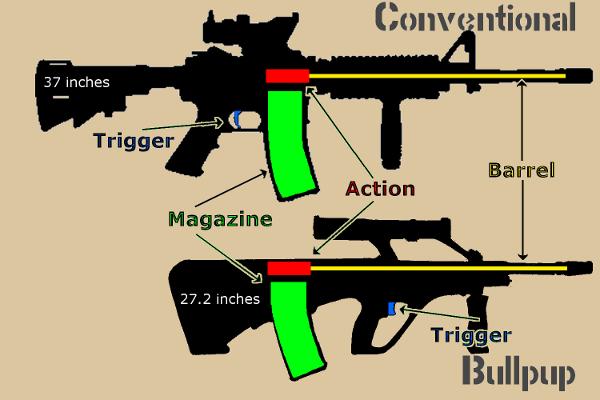
What if your understanding of battle and assault rifles could change the way you approach tactical scenarios? This question has echoed through my mind countless times, especially during tense moments of competitive shooting where every split second counts. My experiences on the range have taught me that understanding the strengths and weaknesses of both rifle types can be the difference between winning and losing a match. But why, you might ask, should one take the time to compare these two types of rifles?
Understanding the nuances between battle rifles and assault rifles is crucial if you want to elevate your tactical decision-making. Each rifle serves a different purpose, shaped by design and intended use. For instance, battle rifles are typically more powerful and have longer engagement ranges, while assault rifles offer greater maneuverability and rapid fire capabilities. Knowing these characteristics equips you with the knowledge to select the right tool for your specific needs. This comprehension affords a tactical edge, not only in competitions but also in broader defensive strategies.
Where are Battle and Assault Rifles Used?
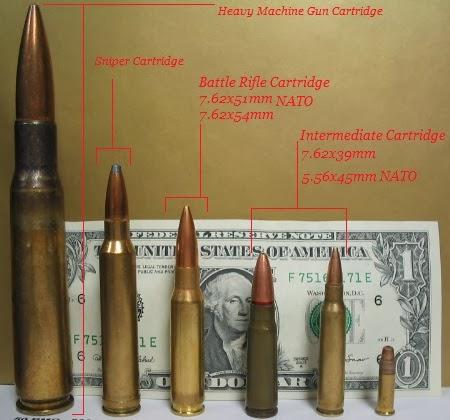
Did you know that the historical roots of battle and assault rifles inform their applications in today’s military environments? This understanding has shaped my perspective over years of analyzing various military operations. I’ve seen first-hand how the context of their use, from historical skirmishes to modern-day warfare, largely dictates the choice between a battle rifle and an assault rifle.
Battle rifles, with their origins deeply embedded in mid-20th-century conflicts, often find their place in environments where range and power are crucial. These rifles shine in open terrains or where the enemy’s position demands engagement over longer distances. I remember vividly how their robust design and powerful rounds made them indispensable in such scenarios, balancing firepower with accuracy over great distances.
On the other hand, assault rifles have evolved from the demands of close-quarters combat. Their smaller cartridges and selective-fire capability provide an overwhelming advantage in urban and densely vegetated terrains. During intensive operations, the ability to switch from semi-automatic to full-auto has been crucial, allowing for adaptability and faster response times.
These distinctions illustrate not just a technical difference but a strategic choice dictated by battlefield environments. Understanding these dynamics is essential for leveraging each type of rifle effectively, a lesson I’ve learned through countless engagements and careful analysis. This historical and functional context gives us insight into their intended use and helps illustrate the why and when behind their deployment.
When to Use a Battle Rifle vs an Assault Rifle
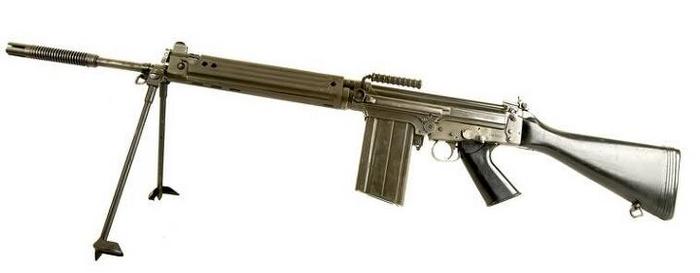
Understanding when to use a battle rifle versus an assault rifle is a nuanced endeavor grounded in situational specifics. So, is there a one-size-fits-all answer to when to use a battle rifle vs an assault rifle? Let’s delve into the nuances.
In my years as a competitive shooter and real-world tactician, I’ve learned that context shapes the decision. When I find myself needing long-range accuracy and stopping power, especially in open terrain, the battle rifle shines. Its larger caliber is perfect for penetrating barriers, and each shot counts with undeniable impact. There have been moments when only the reliable power of a battle rifle guaranteed success during a demanding competition or a challenging scenario.
Conversely, there are situations where maneuverability and rapid response become critical — environments where I need to balance between firepower and agility. This is where the assault rifle comes into play, with its lighter weight and higher capacity. In close-quarters scenarios, such as urban operations or dense woodland, the versatility of an assault rifle becomes indispensable.
So, the choice between a battle rifle and an assault rifle isn’t about picking a definitive winner; it’s about the judicious evaluation of the task at hand. By weighing the demands of each situation carefully, the decision becomes clear, aligning with both my expertise and the tactical reality on the ground.
How to Choose Between a Battle Rifle and an Assault Rifle
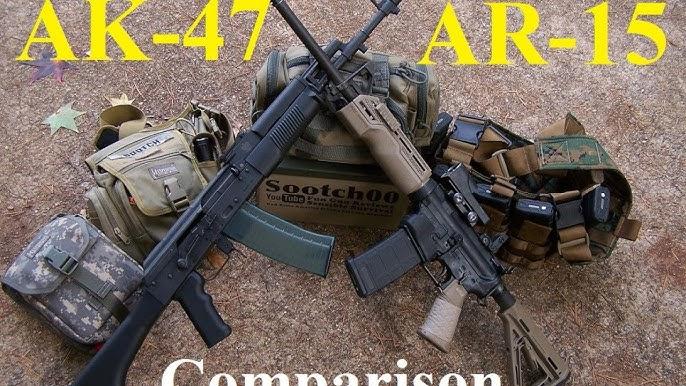
Throughout my years of advising shooters, I’ve learned that the decision between a battle rifle and an assault rifle can be surprisingly intricate. What factors should weigh into your decision when choosing between a battle rifle and an assault rifle? The answer may surprise you. It’s not just about the iconic images of soldiers in battle or the charismatic click-clack that echoes in your imagination; it’s about the nuanced needs that align with your shooting objectives.
From my hands-on experience in gunsmithing and ballistics, I’ve seen that the choice hinges on a mix of personal preference and intended use. A battle rifle, with its larger caliber, might appeal to those who prioritize power and range, making it ideal for precise, long-distance shooting. These rifles often suit a shooter looking to hit a target with authority.
Conversely, the assault rifle’s forte lies in its adaptability and lighter recoil, better suited for close-quarters scenarios where mobility and rapid firing are essential. Here, shooters often commend its versatility and the adaptability it offers during various shooting engagements.
Ultimately, your surroundings, objectives, and style play pivotal roles in this decision-making process. By weighing these aspects, you can select a firearm that complements your abilities, ensuring each shot reflects the informed choice you were hoping to achieve.
FAQs
What is the primary difference between battle rifles and assault rifles?
Why might someone choose a battle rifle over an assault rifle?
What are the typical uses for assault rifles in military contexts?
What historical developments led to the creation of assault rifles?
Conclusion
In a world where firearms evolve rapidly, what is the future for battle rifles and assault rifles? Join us as we reflect on their significance. My lifelong journey with firearms has revealed the nuanced roles that battle rifles and assault rifles each play in both historical and modern contexts. Battle rifles, with their formidable firepower and range, continue to be indispensable for long-distance engagements. Meanwhile, assault rifles excel in providing versatility and adaptability on the battlefield, thanks to their lighter build and rapid-fire capabilities.
The core of the debate isn’t just about their technical specifications but rather understanding the strategic role each rifle plays. Through this exploration, I’ve come to appreciate that neither can be truly deemed superior; instead, they offer complementary strengths suited for different scenarios. Reflecting on my extensive knowledge, it is clear that the future of these firearms lies in their continued evolution and adaptation to emerging combat needs. The journey of discovery doesn’t end here—it evolves alongside these exceptional pieces of technology.